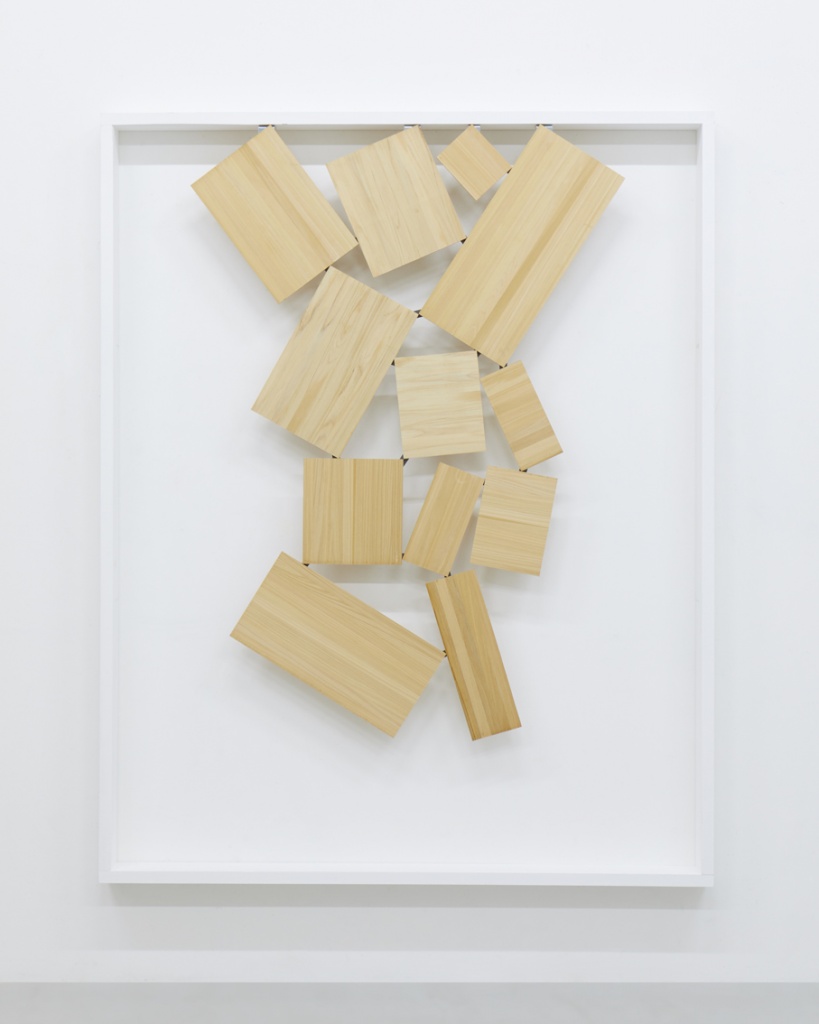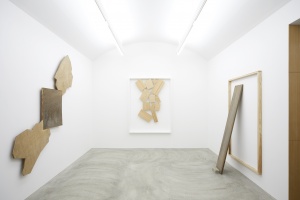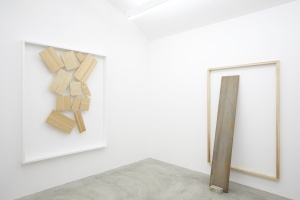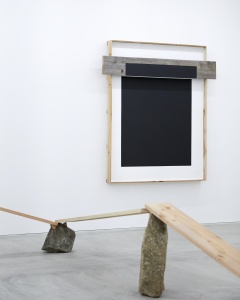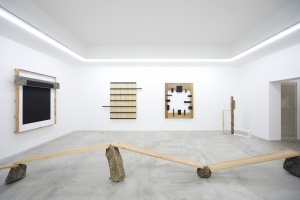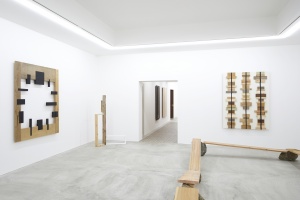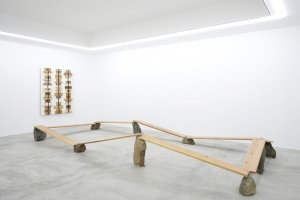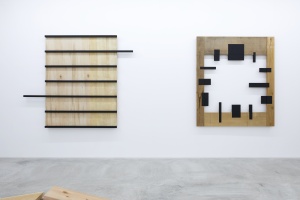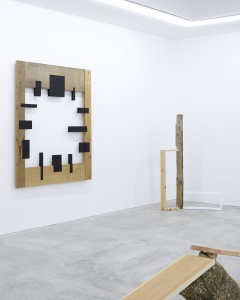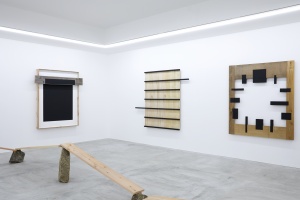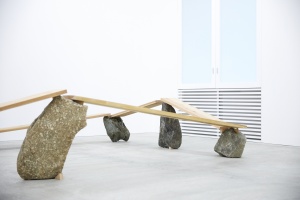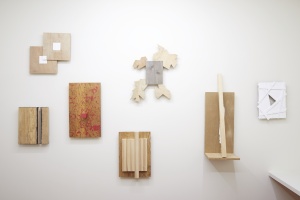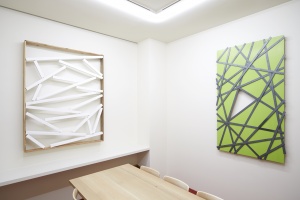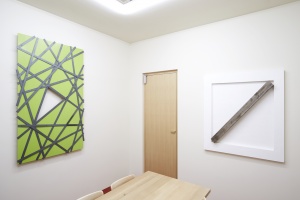Kishio Suga is a member of the art movement Mono-ha that took place from the late 1960s to 1970s, as well as being one of the central figures in post-war Japanese art. Since Mono-ha, he has continued to engage in various approaches to material and space based on his unique philosophy that resonates with Eastern thoughts, and in doing so he has manifested the depth of existence of Mono (things). In recent years when the re-evaluation of Mono-ha has been gaining much international recognition, Suga has further been deepening his thoughts, exploring and continually expressing his work.
Since his first solo exhibition in 1968 up until today, Suga has presented work in numerous exhibitions both within Japan and abroad. Especially since last year he has held important international exhibitions, highlighting his longstanding artistic practice of 50 years. In 2016 he presented work in the first exhibition in Brazil that focused on Japanese post-war art history, “The Emergence of the Contemporary: Avant-Garde Art in Japan 1950-1970” at the Paço Imperial in Rio de Janeiro, and held a solo exhibition at Pirelli foundation’s HangarBicocca in Milan, Italy; a two-person exhibition with Karla Black at The Scottish National Gallery of Modern Art in Edinburgh; and a solo exhibition at Dia:Chelsea in New York. His prolifically active practice has further led him to be selected for the 57th Venice Biennale, “VIA ARTE VIVA”, taking place from 13th May to 26th November this year.
Divided Orientation of Space is Suga’s sixth solo exhibition at Tomio Koyama Gallery following Intentional Scenic Space in 2015, and features around 30 new works including both small and large scale pieces.
[About the Work]
“Mono” (things) in Suga’s philosophy includes not only materials such as wood, stone, metal, or glass, but also invisible and abstract things such as space, human thoughts, consciousness or concepts.
He has remarked that he “even doubts whether a stone might not be a stone” (in an artist talk “On ‘Mono-ha’” in the symposium “Mono-ha and Archive: For International Introduction” at Tama Art University, 2016). Suga denies things that are widely recognized by everyone else, and attempts to re-recognize the essence of things and existence (reality) through continuous dialogue with them.
I used paraffin in my work, but I did not aim to represent a form or presence of something else with paraffin. I wanted to present paraffin itself, its states. My goal was to reveal its existence, what kind of characteristics and attributes it has, and how it looks, with minimal intervention. … I inwardly thought that the connection between materiality and spirituality would bring about “a world” that has never been seen.
(Kishio Suga, “Things existed as they are” in the catalogue of Reconsidering Mono-ha at the National Museum of Art, Osaka)
Suga places things sometimes in harmony, and sometimes in juxtaposition in space to complete a work. He does not let things exist on their own, but lets “things” and “things”, “things” and “space”, and “things” and “people” interact, connect, and enclose, revealing a sense of “relevancy” where things are interdependent on each other, the “separation”, “area”, and “complexity” in different ways from how we usually see things exist, as if things presented new forms, situations, or sites.
I bring things into unusual states. They then become abnormal. But we need to know that abnormality exists in the same way in daily life. … How things change cannot be seen easily. The boundary between a thing and another is important, as we understand that things exist there. It can be considered that an invisible realm lies beneath the surface. We need to decipher the symbolism and abstraction of things that frame them. The surface cannot exist without internal construction, so by understanding the surface we understand a whole – how things are constituted.
(Interview with Midori Matsui, “Looking for a place where the power of things and power of human thinking thrives”, Bijutsu Techo, March 2015)
Suga also remarks on this exhibition:
If we look at the ways “things” exist as themselves, there is always a situation of “interdependence”. When we try to think about a thing, or a situation, many “things” come as attached to the thing that we want to see. What makes it complex is that each thing, whether I get involved directly or not, brings about a presence and sense of reality for it to be “real”. It has its own orientations, and its state claims that it must exist there as it is. Sometimes it looks simple and sometime complex, but they all rely on “interdependency”. There are some things that are directly connected with the thing I want to use, and others are indirect and concealed. If it simply exists there, I would be able to present things (work) easily, but in reality that is not the case. Because we have a premise of “interdependency”, I have to look for the locations each time. That’s why I am always wandering between existence and non-existence.
(Kishio Suga, Between Existence and Non-Existence, 2017)
By showing the interdependent relations and supporting connections between thing and thing, thing and consciousness, Suga’s work reveals perspectives on the world which we ordinarily do not notice. His work also invites us to reflect on how we see ourselves and the world.
It also means that by experiencing his works’ physically complicated and inspirational perspectives laden with suggestions of true feeling, our everyday consciousness in this contemporary virtual network society is liberated, and this becomes the impetus for us to acquire new ways of seeing and revitalized spirits.
In addition, Suga’s curiosity for unknown and new things, and his never-ending passion for his practice give Suga’s work a sense of the contemporary, which also brings him international fame today.
This is a rare opportunity to view new work created with vivid and sharp sensitivity by an artist who is both historically significant and contemporary.
[Profile]
Kishio Suga was born in Morioka city, Iwate Prefecture, in 1944. In 1968 he graduated from the Department of Painting of Tama Art University. While still a student in 1967 he won the 11th Shell Art Award. From his first solo show in 1968 until today, in a career spanning over 45 years, he has shown work in a vast number of exhibitions in Japan and abroad.
Two recent major solo exhibitions, ”Kishio Suga” at the Vangi Sculpture Garden Museum (November 2014 – February 2015) and ”Kishio Suga: Situated Latency” (January – March 2015) at the Museum of Contemporary Art Tokyo, ignited discussions about contemporary aesthetics. In the decades since he represented Japan at the 38th Venice Biennale in 1978, his international reputation has grown steadily. He has exhibited in many international exhibitions including “Japanese Avant-Garde 1910-1970” (Centre Pompidou, Paris, 1986), “Japanese Art After 1945: Scream Against the Sky” (Yokohama Museum of Art, Japan, before travelling to the Guggenheim Museum, New York, 1994), and “Requiem for the Sun: The Art of Mono-ha” (Blum & Poe, Los Angeles, 2012), to name only a few.
In fall 2016, Suga was the subject of major exhibitions at museums in Europe and the United States: a solo exhibition at the Pirelli HangarBicocca in Milan, Italy (Sep. 29, 2016 – Jan. 29, 2017); a two-person exhibition with Karla Black at The Scottish National Gallery of Modern Art in Edinburgh (Oct. 22, 2016 – Feb. 19, 2017); and a solo exhibition at Dia:Chelsea in New York (Nov. 5, 2016 – Jul. 29, 2017). Also in 2016 he presented work in a group exhibition at Wuzhen International Contemporary Art Exhibition in Wuzhen, China from March to June, as well as “The Emergence of the Contemporary: Avant-Garde Art in Japan 1950-1970” at Paco Imperial in Rio de Janeiro in July and August. This year, he has been selected for the 57th Venice Biennale “Viva Arte Viva”, curated by Christine Macel (May 13 – November 26).
His works are held in the collections of numerous museums within Japan including the Museum of Contemporary Art Tokyo, and international institutions such as the Tate Modern, the Dallas Museum of Art, M+, the Guggenheim Abu Dhabi, the Glenstone Foundation, Scottish National Gallery of Modern Art, the Pinault Collection and numerous others. In January 2016, he won the 57th Mainichi Art Award, one of Japan’s most prestigious cultural awards.
—————————————————————————————–
For press inquiries, please contact:
press@tomiokoyamagallery.com (Makiko Okado)
—————————————————————————————–
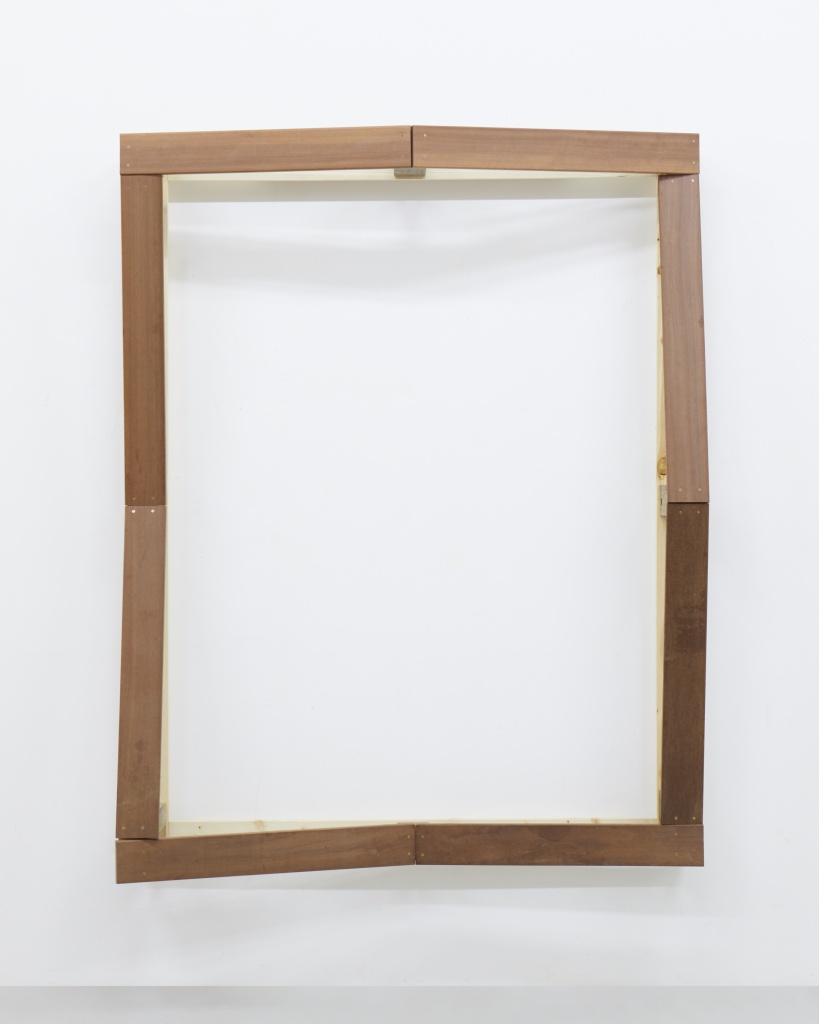
wood
h.182.5 x w.144.0 x d.41.5 cm
©Kishio Suga
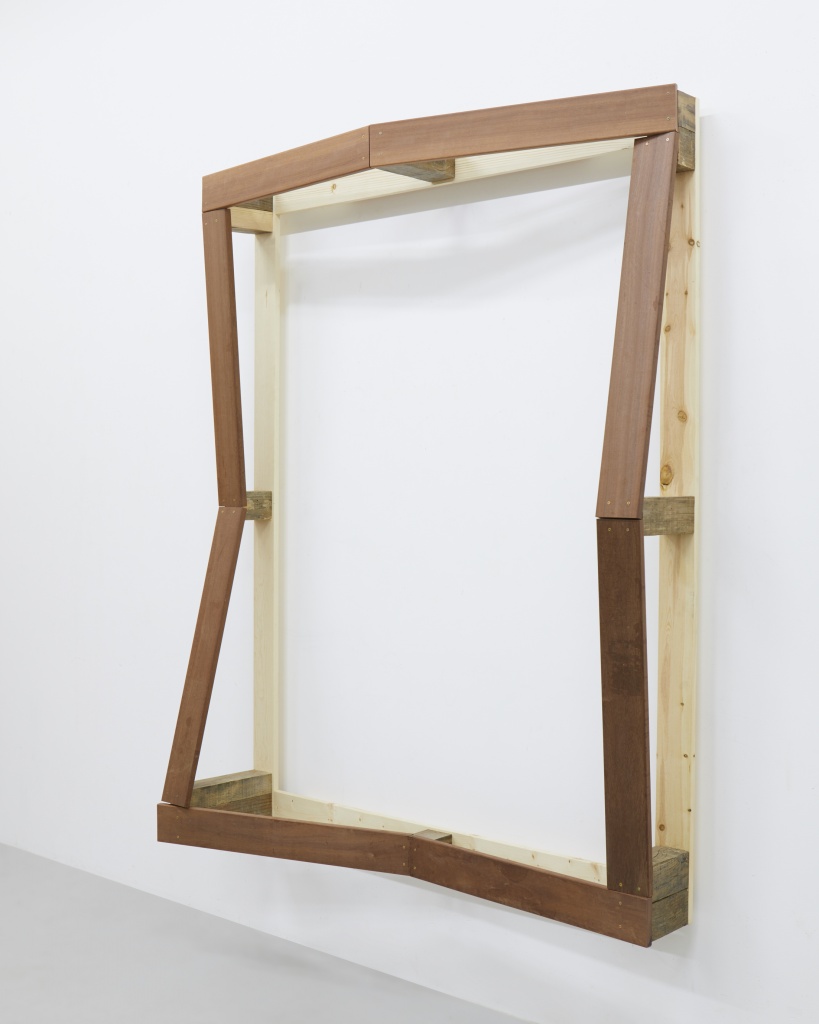
wood
h.182.5 x w.144.0 x d.41.5 cm
©Kishio Suga

